EARLIER this summer, I worked my 10th consecutive Galway festival as Jockey Sports Physiotherapist. Having initially started on a trial basis, doing six days at the 2012 festival, the service has expanded to the extent where I now cover 150 race days in Ireland throughout the year.
I grew up in Birr, County Offaly, as one of 10 children. My father was employed as a supervisor by Bord Na Mona and worked throughout Offaly. My mom worked in the home. GAA was a huge part of our lives as kids; the local hurling field backed onto our house, so we used to just run down the garden and jump the wall. My father was heavily involved with both Birr and Offaly teams over the years. My only exposure to horses came via Miley Cash, who had stables just around the corner from us. When we heard the sound of his string passing outside our house at 8am each morning, we knew it was time to be getting up for school!
As children, my father would often bring us along to county training at the local Birr field. Although I probably didn’t realise it at the time, I think it subconsciously rubbed off on me (excuse the pun). Having spent a lot of time in various dressing rooms during the 1980s, I soon became familiar with the smell of Wintergreen and the buzz of the big sporting day.
I picked up a few injuries playing hurling over the years, including a serious ankle break during trials for the Offaly minors. Although I continued to play, right up to under-21 grade, I never fully recovered from that latter injury. It got me thinking about rehabilitation and how there must be a better way of doing things. So, after completing my Leaving Cert, I went on to study in Limerick to become a Sports Physio.
Worse time
Coming from a large family, money was tight, so I worked various jobs such as bar person or door work, throughout the four-year degree. As soon as I graduated in 2001, I set up the John Butler Sports Therapy Clinic. In hindsight, I couldn’t have picked a worse time as the dreaded foot and mouth epidemic hit shortly after, forcing the cancellation of all Irish sporting events. Fortunately, I weathered that early storm, building the business up over the next four years, before moving to Liosbaun (Galway) in 2005.
Two years ago, we relocated to our new purpose-built rehabilitation centre in the Liosbaun Business Park on the Tuam Road. The practice, which comprises of three other physios aside from myself, provides general musculoskeletal injury treatment, as well as those more specific to sports, including strength and conditioning and neurological. I think it’s fair to say that my wife Mary (Butler), who does all the administration and scheduling, essentially runs the whole business!
No physio
Galway Race week is one of the biggest in the sport, with people travelling from all over the world to attend the iconic fixture. Back in 2012, having done some research, I discovered that there was no physio working at that, or any other Irish race meeting at the time. I made contact with John Moloney (manager), who in turn, put me in touch with Dr. Adrian McGoldrick (Turf Club chief medical officer).
The latter is an amazing man who brought so much to racing and continues to do so to this day. Following discussions, it was agreed that I would work six days at the upcoming Galway festival on a trial basis.
The late Pat Smullen, a fellow Offaly man, who would subsequently become a close friend, was the very first jockey I treated on an Irish track. With positive feedback from that initial stint, the service has expanded greatly over the last decade. Prior to last year, I had covered nearly every Irish track, except for Listowel, where a local woman is employed.
Thurles, a regular fixture during the National Hunt season, was a notable omission due to lack of suitable facilities. However, John and Anne Marie Cullen played a major role in ensuring that an appropriate space was made available to allow me treat patients going forward. On Monday, I worked at Tipperary racecourse for the first time, so, even after 10 years, the practise continues to expand. Working closely with Senior Medical Officer Jennifer Pugh and the board, we hope to expand the service, to include more days on track going forward.
Shoulder tension
There as essentially two different aspects to what I do on track. The first is general maintenance of jockeys pre-race; be that, massages, mobility work, stretches, taping of sprains or joints. Neck and shoulder tension is a major issue, as the riders spend long hours in the car driving to and from the races. Obviously, with horses pulling out of them, that creates further problems which need to be treated.
The second side of my work involves the rehabilitation of jockeys coming back from injury.
Initially, the jockey may have been treated in hospital or attended a local physio but once cleared to resume race-riding, they will come to me to maintain their recovery. Every other week, I work a day in Ballydoyle, where in conjunction with Aidan O’Brien, I have developed a specialist rehab facility on site, for his team of riders and staff.
Children’s hospital
Over the years I had always been somewhat perplexed that Irish jockeys or their organisations never came together as a collective to visit the Children’s Hospital. Every year after the GAA and rugby finals, the victorious players bring the cup to the hospital and interact with the kids.
In the UK, jockeys do something similar, in visiting a local hospital in Liverpool prior to the Grand National. To their credit, when it comes to one of their own, the whole industry band together and show real togetherness. I witnessed that in July when jockeys past and present, trainers and grassroots people from the industry, gathered to pay their respects following the death of my father, Tony.
On a broader level, I had long felt that in order to bring racing to those who didn’t grow up within the industry, we needed to make jockeys more accessible to our audience, the general public.
In December 2019, I and Paul Quish from Irish TV, organised a Carpool Karaoke of Christmas songs, amongst jockeys and trainers at the Curragh racecourse.
Pat Smullen had been due to judge the competition but unfortunately, he wasn’t able to attend.
Following on from that, we organised for a number of jockeys and trainers to visit Crumlin Children’s Hospital. Aidan O’Brien came on board, bringing up a jeep full of hats and t-shirts for the kids, while HRI supplied activity packs. Parents and families were given tickets for the Christmas racing festivals at Leopardstown, Limerick and Down Royal respectively.
The following year, with great help from a lot of others, we decided to make the visit a charity event, so we asked the hospital what they needed. Having been made aware of some medical equipment that would greatly benefit patients, we set up a Go Fund Me page and got to work.
Despite the onset of the Covid pandemic, we managed to raise just over €32,500 during a five-week period. With life slowly returning to some form of normality following the pandemic, it would be my hope that we could do something similar this Christmas and beyond, making it an annual tradition going forward, please God.
John Butler was in conversation with John O’Riordan
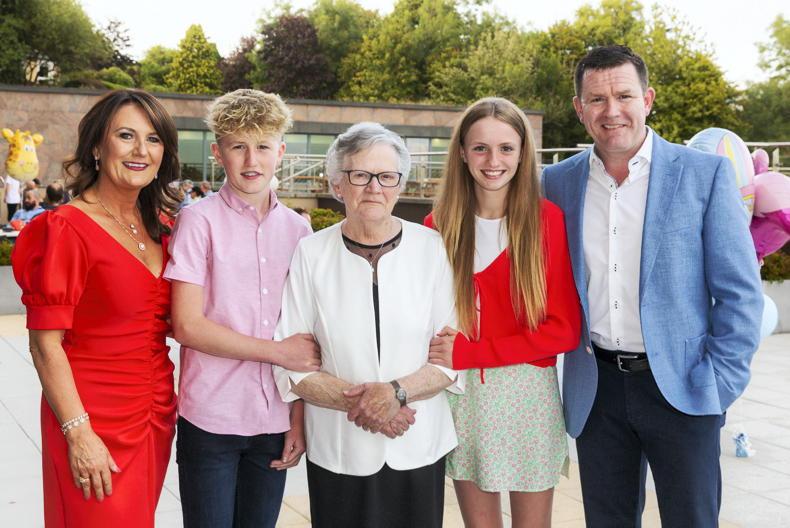

 This is a subscriber-only article
This is a subscriber-only article
 It looks like you're browsing in private mode
It looks like you're browsing in private mode
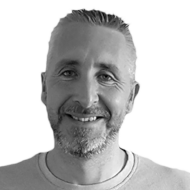




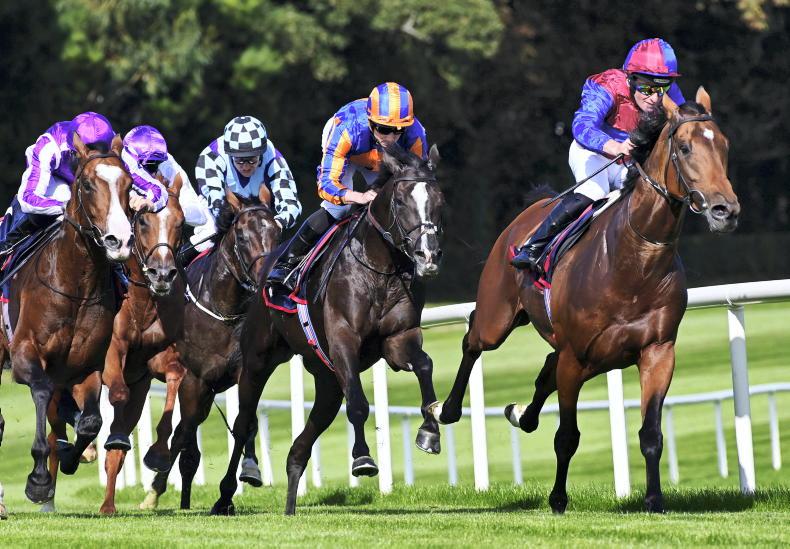

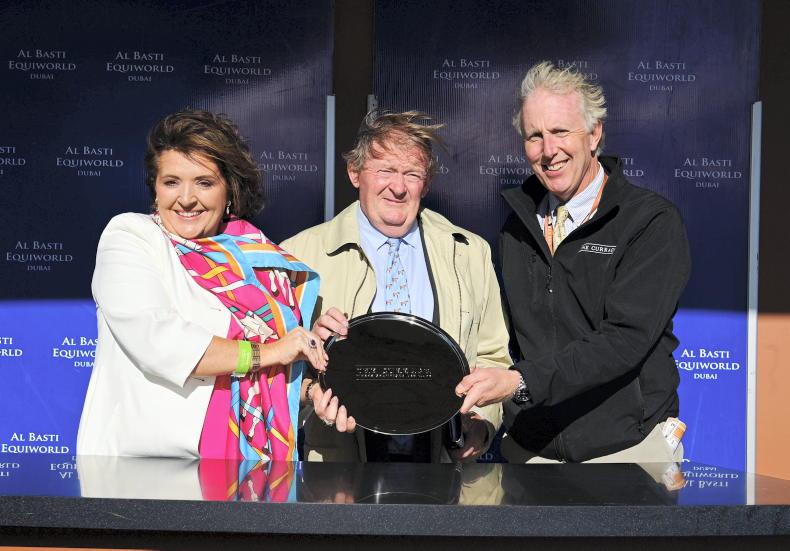

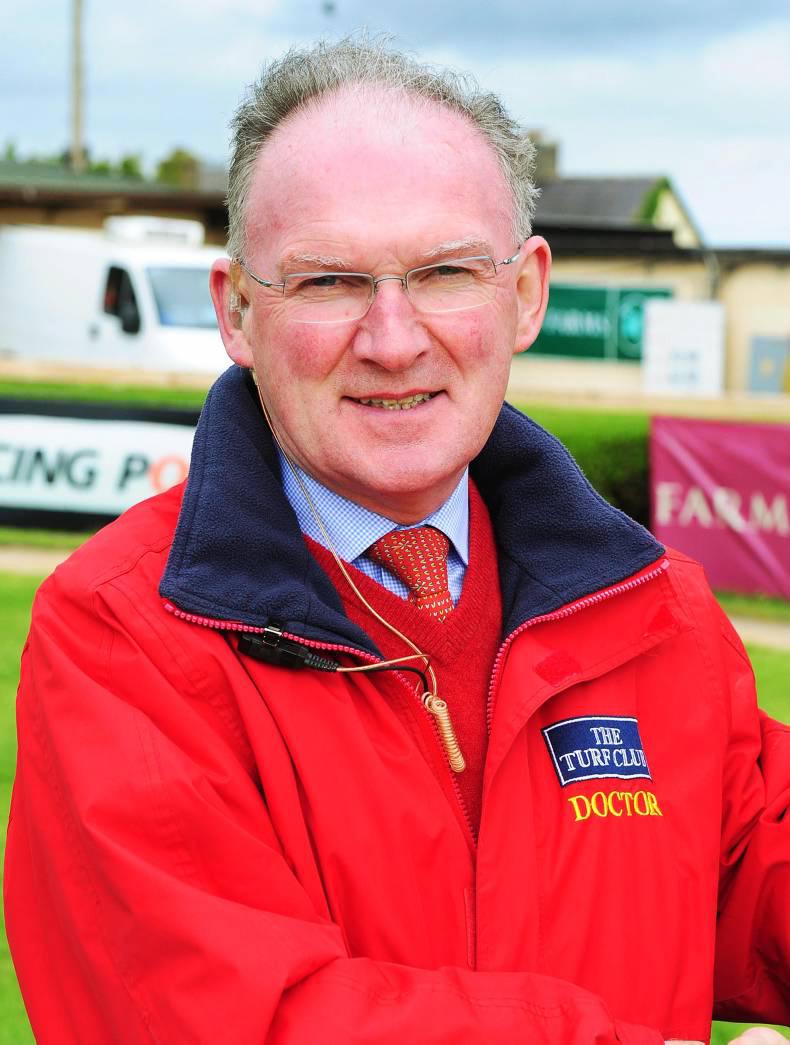
SHARING OPTIONS: